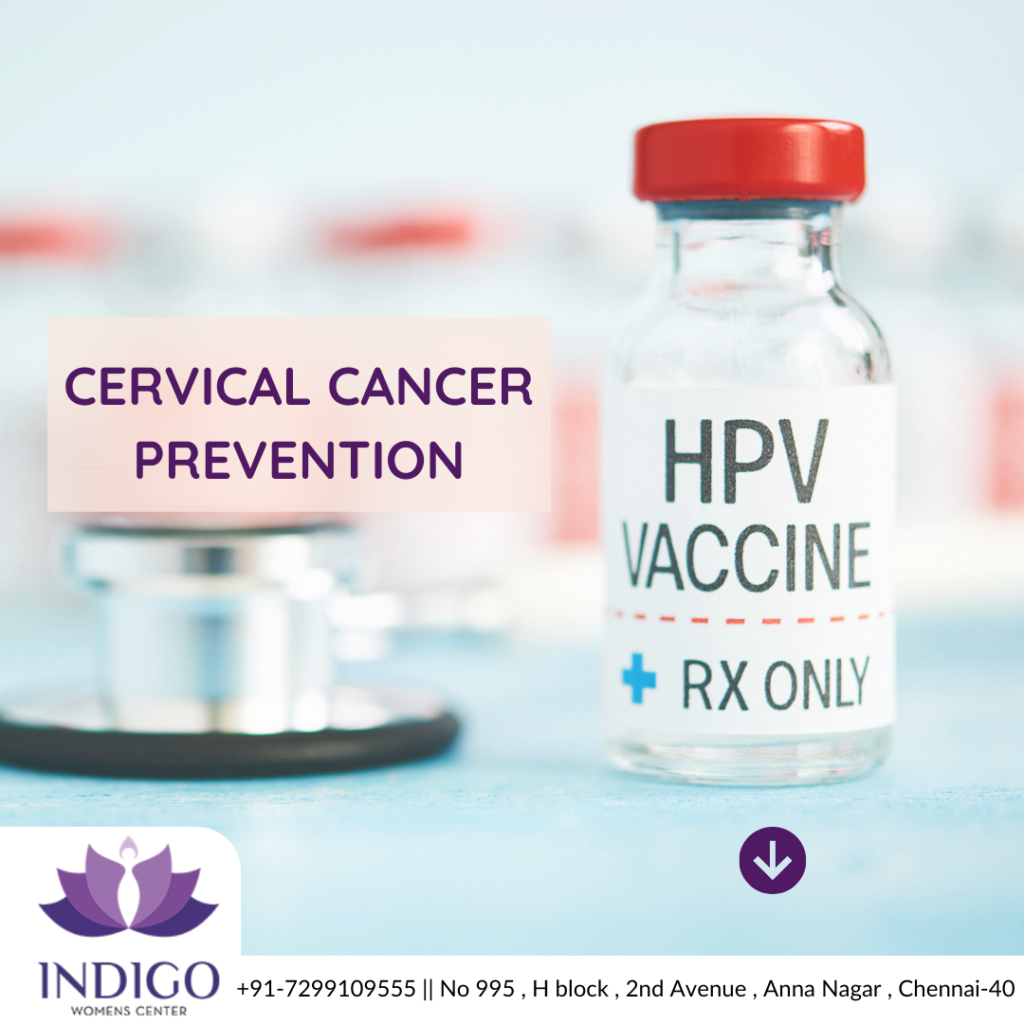HPV (Human papilloma virus) belongs to a very large family papillomavirideae, divided into 16 genera. Among all, five most important are alpha, beta, gamma, mupa and nupa papilloma virus. It is divided into high risk HPV and low risk HPV. Low risk types cause warts and high risk types cause lesions or cancer. High risk types are HPV 16 and 18. Less common risk are 30, 31, 33, 35, 39, 45,51 and 53. Low risk types are 6, 11, 40, 42-44, 54, 61, 70, 72 and 81.
PATHOGENESIS:
HPV infection is limited to basal cells of stratified epithelium. The virus cannot bind to live tissue. It infects epithelial tissues through micro-abrasions or other epithelial trauma that exposes segments of the basement membrane. HPV virion associates with receptors such as alpha integrins, laminins, and annexin A2.
HOW HPV CAUSES CANCER?
Early proteins (E): E6/E7 proteins inactivate two tumor suppressor proteins, p53 (inactivated by E6) and Retinoblastoma. E7 acts as a primary transforming protein, it competes for retinoblastoma protein binding, releasing the transcription factor E2F to transactivate its targets, thus pushing the cell cycle forward.
SYMPTOMS:
HPV may not cause symptoms at once, but they can appear years later. Some types can lead to warts, while others can cause cancer.
WARTS :
- Common symptoms of some types of HPV are warts, especially genital warts.
- Genital warts may appear as a small bump, cluster of bumps, or stem like protrusions. These commonly affect the vulva in women or possibly affect the cervix and the penis or scrotum in men. They may also rise around anus and in the groin.
- They can range in size and appearance and be large, small, flat or cauliflower shaped and may be white or flesh tone.
- HPV6 and HPV11 are common causes of genital warts and laryngeal papillomatosis.
- Common warts: These rough, raised bumps most commonly found on the hands, fingers and elbows.
- Plantar warts: These are described as hard, grainy growths on the feet, they most commonly appear on the heels or balls of the feet.
- Flat warts: these generally affects children, adolescents and young adults, most commonly seen on face and neck.
CANCER:
- Other types of HPV can increase the risk of developing cancer. These include cervical, vulva, vagina and penis and oropharynx, or the base of the tongue and tonsils. It may take years for cancer to develop.
- Early all cervical cancers is due to HPV of two types. HPV 16 and HPV 18 accounting for 70% cases.
- These cancers in common involve sexually transmitted infection of HPV to the stratified epithelium.
- Individuals infected with both HPV and HIV have an increased risk of developing cervical or anal cancer.
- However, in cervical cancer, the symptoms include abnormal vaginal bleeding, abnormal vaginal discharge, abdominal pain.
TRANSMISSION:
- HPV is transmitted through intimate skin to skin contact.
- It can spread even when an infected person has no signs and symptoms.
- Can develop symptoms years after being infected, making it hard to know when u became infected first.
- It is most commonly spread during vaginal or anal sex.
DIAGNOSIS:
The traditional methods of viral diagnosis such as electron microscopy, cell culture, and certain immunological methods are not suitable for HPV detection. The important methods to diagnose HPV are:
- Colposcopy and acetic acid test.
- Biopsy: If the biopsy results show precancer (dysplasia) or cancer then treatment is recommended. The dysplasia may be mild, moderate or severe.
- DNA test (PCR, southern Blot Hybridization, In situ Hybridization)
- Pap smear: It is a screening test, apart from premalignant and malignant changes, viral infections, HPV infection and Herpes can also be detected.
TREATMENT:
There is currently no specific treatment for HPV infection, however warts can be treated.
- SALYCILIC ACID: Over the counter treatments that contain salicylic acid work by removing layers of a wart little at a time.
- Trichloroacetic acid: This chemical treatment burns off the warts on the palms, soles and genitalis. It might cause local irritation.
- Podofilox (Condylox): On topical application, it works by destroying genital wart tissue. It may cause pain and itching at application site.
- If medications don’t work the following methods can be used to remove warts.
- Freezing with liquid nitrogen (cryotherapy)
- Burning with an electrical current (electrocautery)
- Laser surgery or surgical removal.
PREVENTION:
VACCINATION:
HPV Vaccine: HPV Vaccine can be used for male and female to protect against genital warts and cervical cancer. The centers for disease control and prevention (CDC) recommends routine HPV vaccination for girls and boys ages more than 11 and 12, it can be given as early as age 9. The vaccine is ideally given for girls and boys before they have sexual contact and are exposed to HPV.
The CDC recommends the dosage of HPV vaccine as two doses at least 6 months apart. This two dose schedule is effective for children under 15. If the teens and young adults of ages 15 and more should continue with three dose schedule (0,2 and 6 months). The U.S. Food and Drug Administration recently approved the use of Gardasil 9 for males and females ages 9 to 45. HPV vaccination prevents new HPV infections but does not treat existing HPV infections or diseases. Three vaccines are available to prevent infection by some HPV types. All protects against HPV types 16 and 18 which cause most of the HPV-associated cancers.
I. GARDASIL: It is a quadrivalent vaccine, protects against HPV types 6 and 11, which cause 90% of genital warts.
II. CERVARIX: It is bivalent vaccine and is prepared from virus like particles (VLP) of the L1 capsid protein.
III. GARDASIL 9: It is a nonvalent, it has the potential to prevent about 90% of cervical, vulvar, vaginal and anal cancers.
- Avoid skin to skin contact by not having sex with multiple partners.
- Use condoms or dental dams every time when you have vaginal, anal or oral sex.
- Though condoms and dental dams are not as effective against HPV, as they are against other STDs like chlamydia and HIV, safer sex can lower your chances of getting HPV.
Dr . Pridvi





